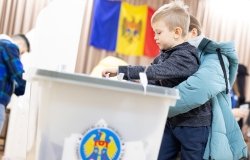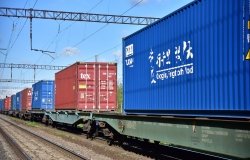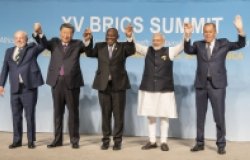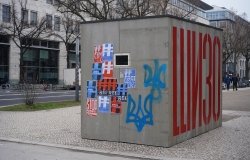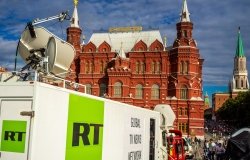
A blog of the Kennan Institute
Russia’s Capture of Intellectual Elites in Latin America
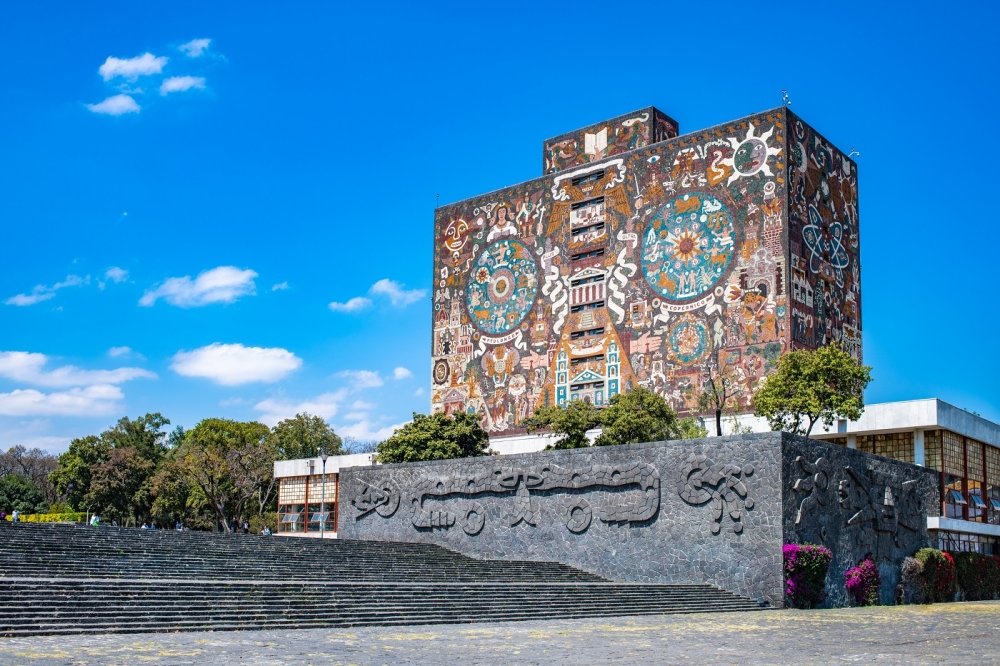
Russia has successfully implemented long-term strategies to capture and influence intellectual elites in Latin America, using media outlets, educational institutions, and think tanks to shape public opinion and policy. This effort, which includes turning media outlets such as RT Actualidad and Sputnik Mundo into popular and widely followed outlets, is reminiscent of Soviet-era tactics. It seeks to promote Moscow's narratives and counter Western influence, often blurring the lines between genuine intellectual diversity and the co-optation of elites.
This strategy has had a lasting impact in the past. For instance, many Latin American students who received intense ideological training in Soviet universities later returned to influential positions in their national political and educational systems. Moscow also actively engaged intellectuals who were seen as capable of promoting Soviet narratives in their home countries. These individuals played a role in shaping policy and educating future leaders. A similar dynamic is unfolding today.
Intellectual Elite Capture
A lot of what is going on in media and on campuses in Latin America can be described as “intellectual elite capture,” where a society’s resources, benefits, and cultural and educational processes are controlled or influenced by a specific influential group. This group pursues its own interests, which may not align with or benefit the broader population. This convergence may arise from ideological synergies and shared worldviews regarding social order. At other times, it can be driven by the agendas of deliberate co-optation and influence by one elite group over another. It is essential to make distinctions between the two: between solid but dissenting local intellectuals and locally based enablers of Moscow’s narrative.
It goes without saying that Western and Latin American intellectuals can provide genuine analyses that differ significantly from the official positions of their governments. Contrary to the image of a uniform and homogenous “collective West” often painted by the Russian government and government-controlled media, the reality is much more complex and diverse, enriching our understanding of today's global changes. But while this complexity is evident to the scholarly community, it is not always as apparent to journalists and the broader public.
For example, the anchors of Spanish-language programs from the German broadcaster Deutsche Welle often fail to correct their guests who reproduce Moscow’s tropes such as “administrative frontiers of the Russian Federation” (Russian propagandistic euphemism suggesting that the borders of Russia-occupied Ukrainian regions are actually Russia’s borders) or at least point out that according to international law, Russia is occupying Ukraine’s sovereign territory.
Another example is France 24’s Spanish-language content widely consumed by Latin American audiences. While aiming to provide diverse perspectives on Russia-related topics, some shows end up giving a platform to Moscow’s influencers who echo the Kremlin's official narratives. Examples include portraying Russia’s 2022 withdrawal from parts of Ukrainian territory as a “gesture of goodwill,” justifying the invasion as a defense of the Russian population in Donbas, and questioning the legitimacy of Ukrainian President Volodymyr Zelensky.
The issue becomes more concerning when Russia-linked influencers hold academic titles and prestigious university positions, which grant them credibility and recognition. It’s even more troubling when they author textbooks used in classrooms or can otherwise reach large student audiences.
Moscow’s Official Narrative in Universities
A recent example of this alarming trend is a textbook on comparative foreign policy published in Mexico. It is intended as a standard resource for Mexican international relations students. But while many chapters offer valuable, independent analysis by Mexican and international scholars, the chapter on Russian foreign policy does not.
Written by a graduate of Russia’s Friendship University, the chapter asserts that “there was direct U.S. intervention in Ukraine to orchestrate a coup, displacing the Europeans in February 2014” (p. 287). It claims that “initially, the conflict seemed likely to be quickly resolved, but as the U.S. and EU began sending weapons to Ukraine, it escalated into a NATO-Russia confrontation fought on Ukrainian soil” (p. 287). Needless to say, these are all standard Russian propaganda lines that do not reflect reality. The chapter also avoids using the term “war” to refer to the Russian invasion of Ukraine, relying instead on phrases favored by Kremlin propagandists—“special military operation” and “conflict.” This approach allows Moscow’s official narratives to appear under the guise of academic analysis. Furthermore, the textbook lacks a chapter on Ukrainian foreign policy to counterbalance the one on Russia, a significant deficit of critical perspective in a resource meant for young Mexicans.
Another example is the University Program for Studies on Democracy, Justice, and Society (PUEDJS) at the National Autonomous University of Mexico (UNAM), the largest Spanish-speaking university globally in terms of student population, budget, and research output. Despite Russia's invasion of Ukraine in 2022, Russian influence in this program increased, including a growing presence of Kremlin-affiliated media representatives. The program’s head, backed by substantial national budget resources and extensive outreach to students and the public, argues, echoing Moscow: “The conflict in Ukraine signifies the end of Pentagon-led unilateralism, and the West’s censorship of RT [Actualidad] represents the end of unilateral control over public opinion by dominant media outlets.” Additionally, RT participated in a panel at the program’s annual conference, discussing fake news and media manipulation—essentially putting the fox in charge of the henhouse.
Failing to Distinguish Between Dissent and Propaganda
It is crucial to understand that the academic freedom standards approved by the United Nations Educational, Scientific and Cultural Organization (UNESCO) and the Organization of American States (OAS) are nonexistent in today’s Russia. In contrast, the autonomy of Latin American researchers and institutions funded by Western counterparts is evident—for example, in the systematic criticism of US and European governments by entities like the Latin American Council for Social Sciences (CLACSO), the largest social sciences network in the region.
Russia and its regional influencers take advantage of the fact that it can be difficult to tell the difference between authentic support of intellectual diversity and the instrumentalization of intellectuals for specific political objectives. Russia’s intellectual enablers in Latin America offer “analyses” that echo Moscow’s official narratives without questioning them. They fail to criticize the Russian government and repeat Russia’s propaganda narratives, while tailoring their presentations to the media outlet or educational space they engage with.
It is crucial to distinguish between genuinely independent intellectuals—whose diverse views are grounded in solid and objective analysis—and those who constitute captured elites. Failing to make this distinction can have serious consequences. In Latin America, even major and well-established media outlets and educational institutions often confuse the narratives of Russian enablers with those of independent experts in their efforts to present diverse viewpoints. This confusion creates an opening for Moscow’s grand narratives to be presented as legitimate analyses.
This situation highlights an urgent need for critical evaluation of information sources, a responsibility we all share in combating the capture of intellectual elites. One way to spot agents of influence is to look for subtle but telling linguistic alignments, such as referring to the invasion of Ukraine as a “special military operation” or characterizing troop withdrawals as “gestures of goodwill.” Furthermore, their narratives often shift in lockstep with Moscow’s, and their claims frequently fail to hold up against verifiable facts—such as the assertion that Russian troops entered Ukraine to protect civilians when the conflict in Donbas was already de-escalating.
The opinions expressed in this article are those solely of the author and do not reflect the views of the Kennan Institute.
See our newest content first.
Subscribe to receive the latest analysis from the Russia File.
About the Authors

Kennan Institute
The Kennan Institute is the premier US center for advanced research on Eurasia and the oldest and largest regional program at the Woodrow Wilson International Center for Scholars. The Kennan Institute is committed to improving American understanding of Russia, Ukraine, Central Asia, the South Caucasus, and the surrounding region though research and exchange. Read more





